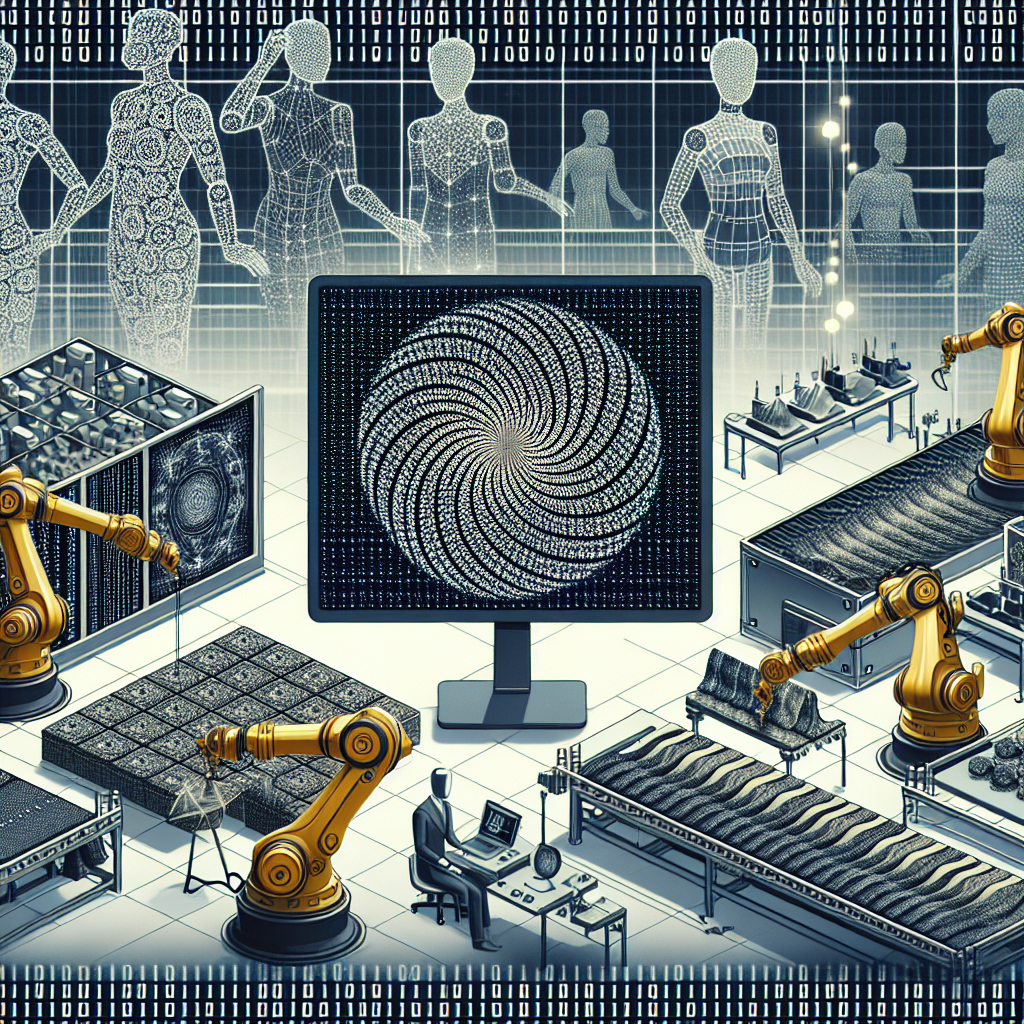In recent years, the fashion industry has been undergoing a major transformation with the integration of artificial intelligence (AI) into manufacturing processes. AI technology is revolutionizing the way garments are designed, produced, and distributed, leading to more efficient and sustainable practices. From streamlining supply chains to improving quality control, AI has the potential to reshape the future of fashion manufacturing.
One of the key areas where AI is making a significant impact in fashion manufacturing is in the design process. AI algorithms can analyze vast amounts of data to identify trends, predict consumer preferences, and generate unique designs. This allows designers to create innovative and personalized collections that cater to the needs and tastes of their target audience. Additionally, AI can help streamline the design process by automating repetitive tasks, such as pattern making and sizing, freeing up designers to focus on more creative aspects of their work.
In the production phase, AI is being used to optimize manufacturing processes and improve efficiency. By analyzing data from sensors and cameras on the production line, AI can identify potential bottlenecks, predict maintenance issues, and optimize scheduling to ensure smooth operations. This not only reduces production costs but also minimizes waste and improves overall productivity.
Quality control is another area where AI is proving to be invaluable in fashion manufacturing. AI-powered computer vision systems can inspect garments for defects with a level of accuracy and speed that is impossible for human inspectors to match. This not only improves the quality of the final product but also reduces the likelihood of costly recalls and returns.
AI is also being used to enhance sustainability in fashion manufacturing. By optimizing production processes and reducing waste, AI can help companies reduce their environmental impact and improve their overall sustainability. For example, AI can be used to optimize material usage, reduce energy consumption, and minimize water usage in the production of garments.
Overall, AI is transforming the fashion industry by enabling companies to produce garments faster, more efficiently, and with higher quality. By leveraging the power of AI, fashion manufacturers can stay ahead of the competition, meet consumer demands, and reduce their environmental footprint.
FAQs:
Q: How is AI being used in fashion design?
A: AI is being used in fashion design to analyze data, predict trends, and generate unique designs. AI algorithms can identify patterns in consumer preferences and create personalized collections that cater to the needs of the target audience.
Q: How is AI optimizing production processes in fashion manufacturing?
A: AI is optimizing production processes in fashion manufacturing by analyzing data from sensors and cameras on the production line to identify bottlenecks, predict maintenance issues, and optimize scheduling. This improves efficiency, reduces waste, and enhances overall productivity.
Q: How is AI improving quality control in fashion manufacturing?
A: AI is improving quality control in fashion manufacturing by using computer vision systems to inspect garments for defects with a level of accuracy and speed that is impossible for human inspectors to match. This ensures the quality of the final product and reduces the likelihood of costly recalls and returns.
Q: How is AI enhancing sustainability in fashion manufacturing?
A: AI is enhancing sustainability in fashion manufacturing by optimizing production processes, reducing waste, and minimizing environmental impact. AI can help companies reduce energy consumption, optimize material usage, and minimize water usage in the production of garments, leading to a more sustainable manufacturing process.

